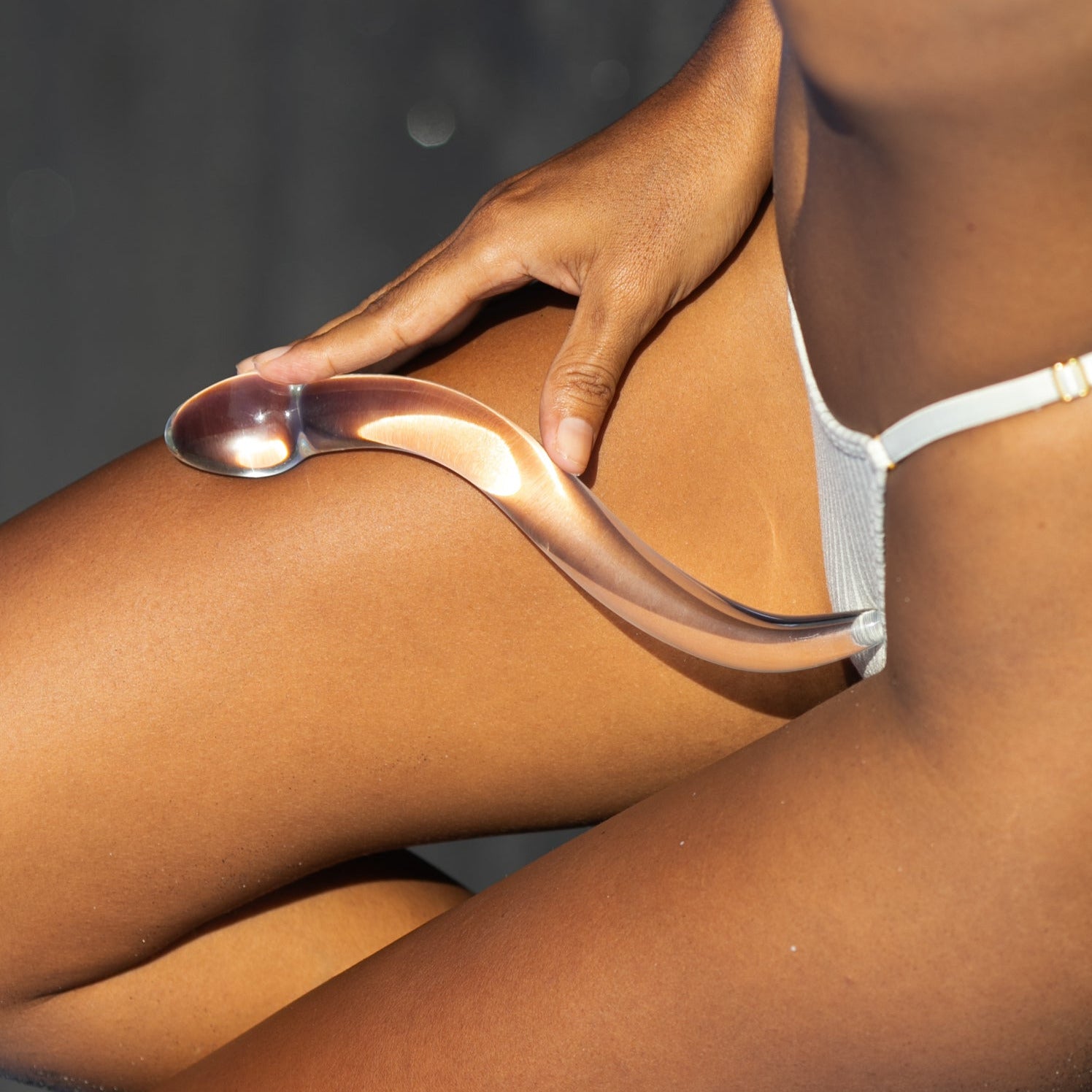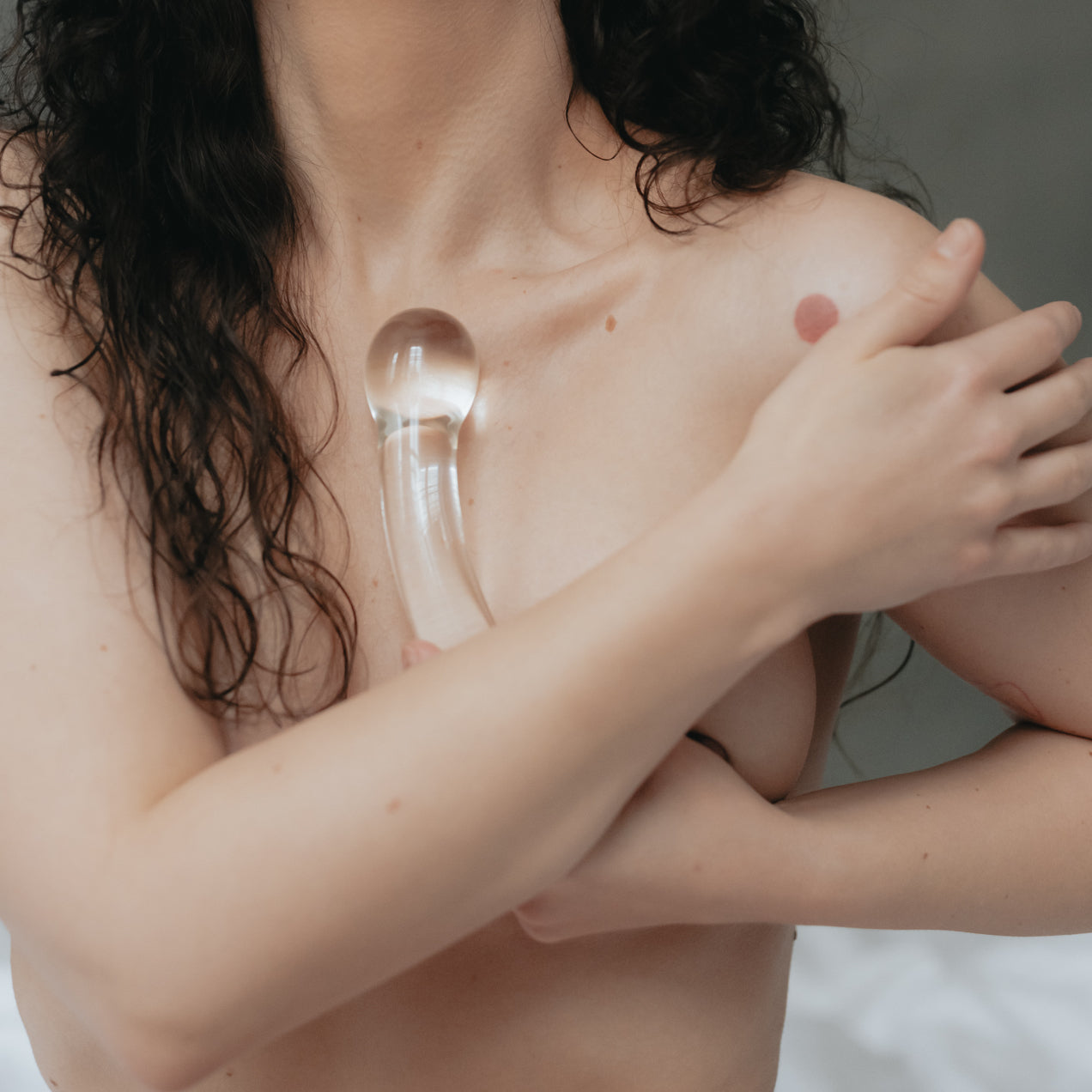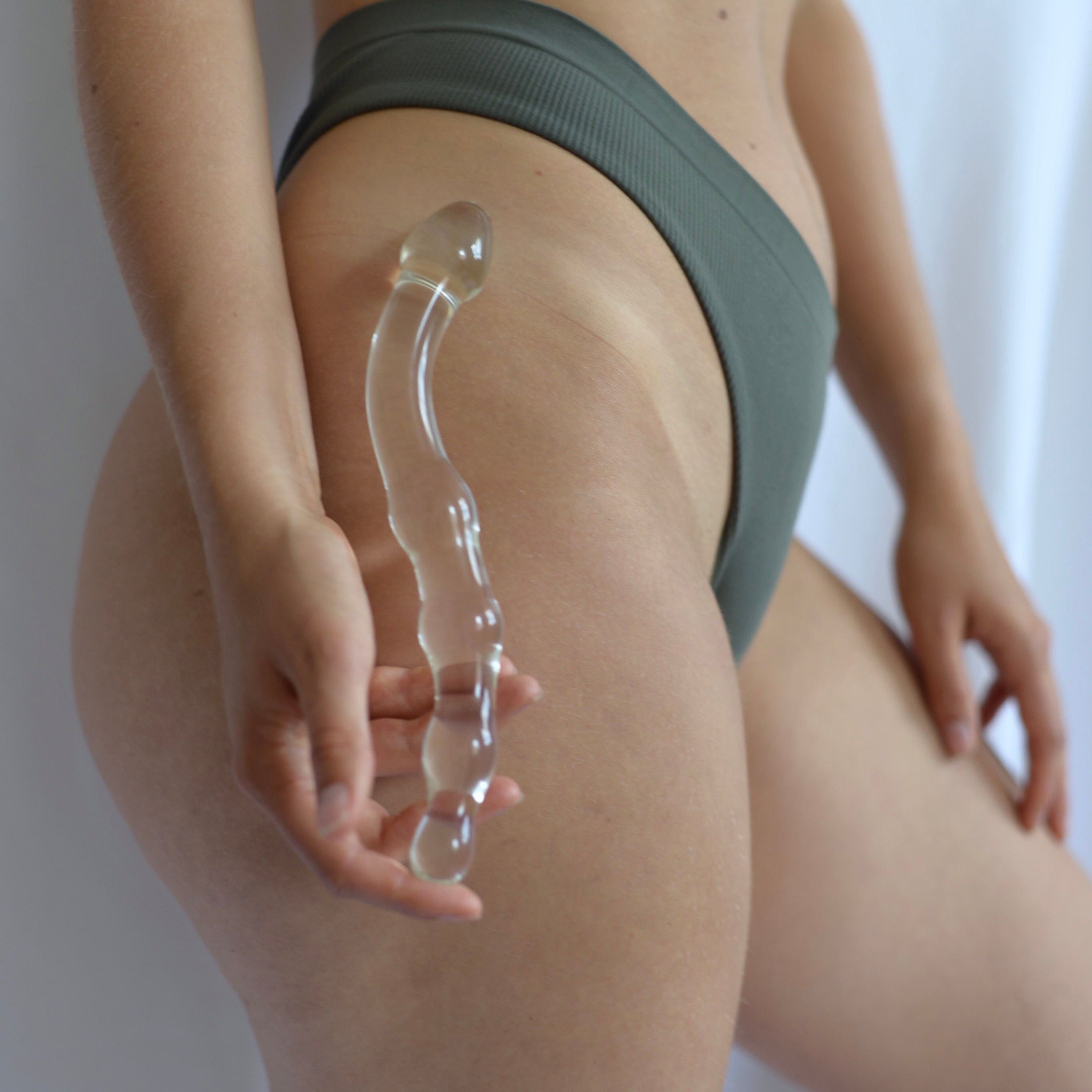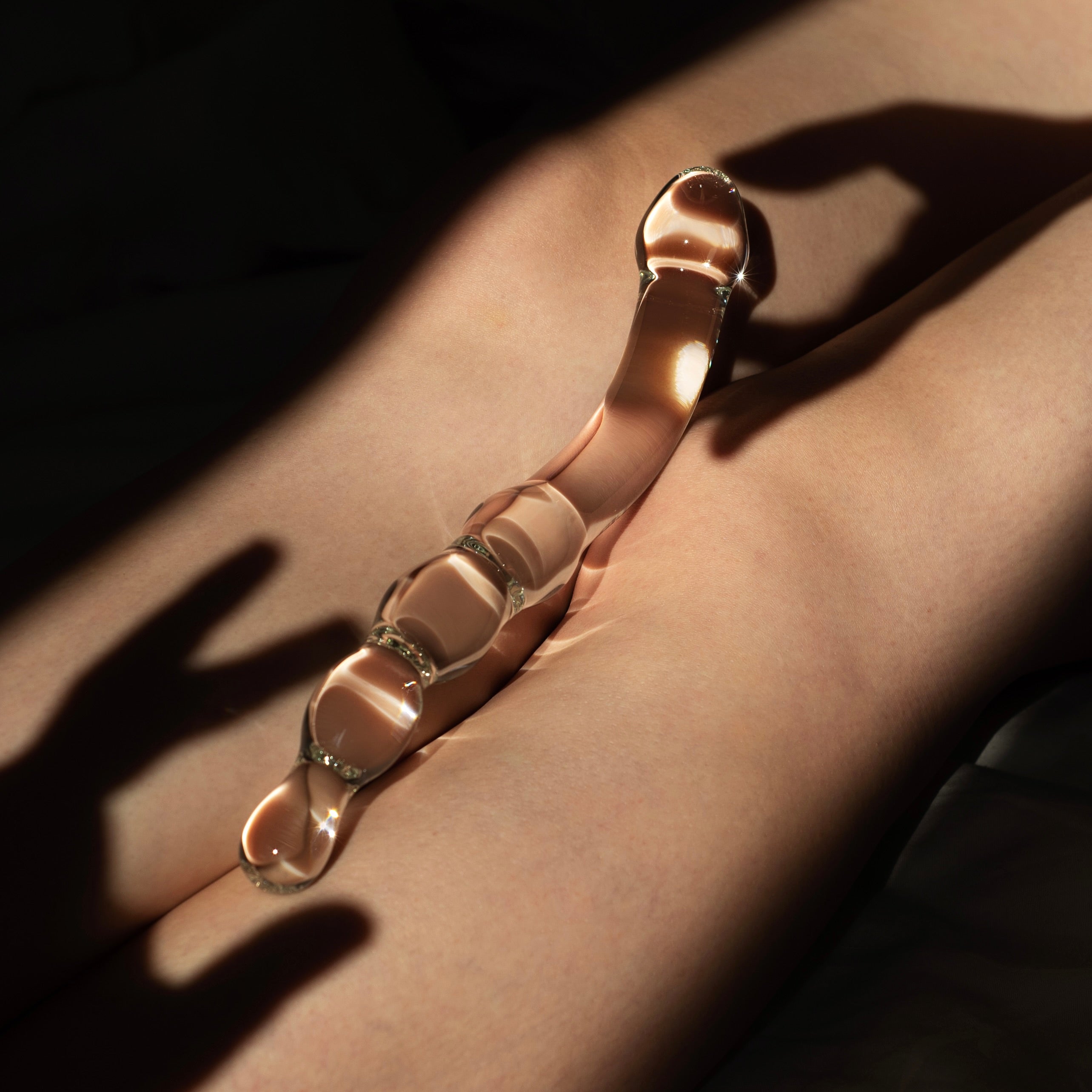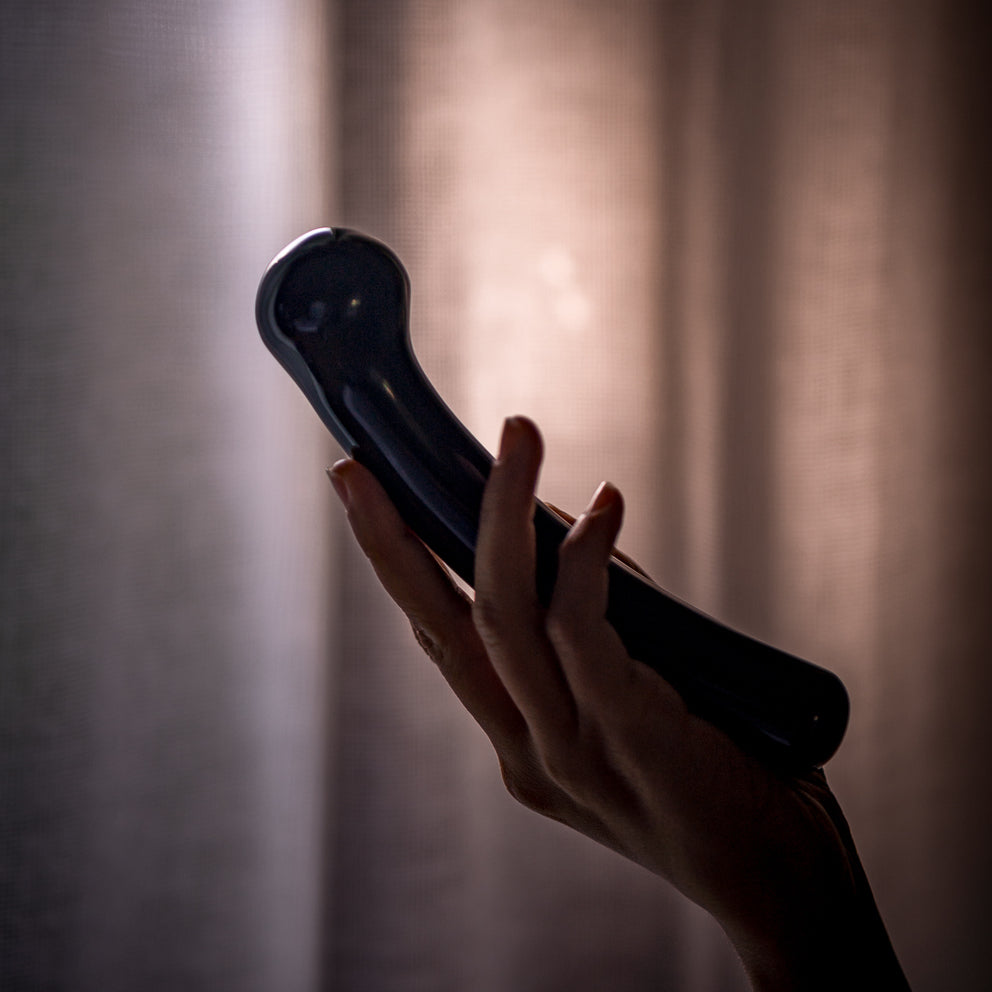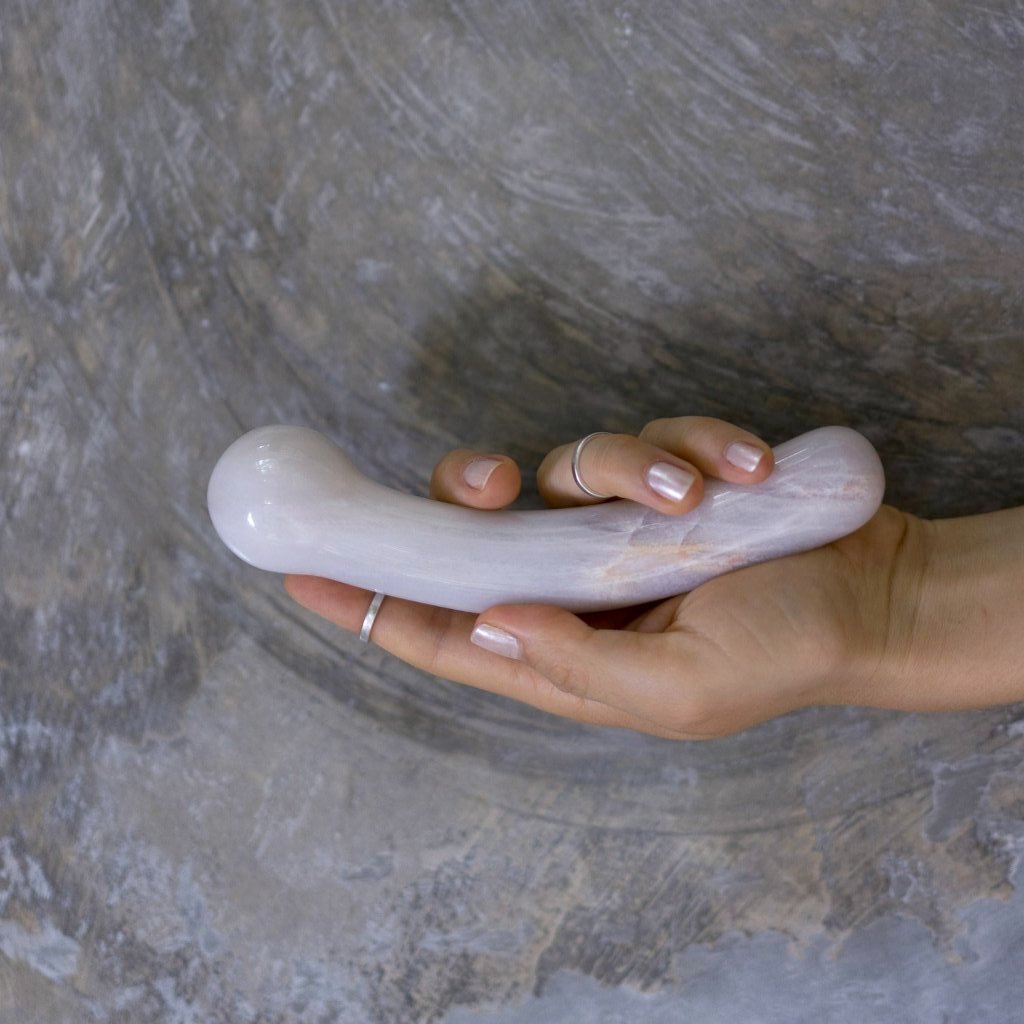
Rethinking Female Sexuality: Beyond the Myths
Female sexuality has too often been framed as enigmatic, overly complicated, fragile, or even incomplete, as if desire itself were a riddle to be solved rather than a natural, embodied force. But this cultural narrative could not be further from the truth. Women’s bodies are a marvel of design, exquisitely tuned for pleasure at every level: physiologically, with tissues and vascular systems that respond to touch and arousal; neurologically, with intricate networks that translate sensation into profound, multi-dimensional delight; hormonally, with rhythms that ebb and flow to cultivate desire and amplify sensitivity.
Every aspect of the female body is capable of layered, cascading ecstasy, yet this inherent potential has been obscured by social scripts that prioritize speed over presence, hard mechanical penetration over curiosity filled exploration, and performance over genuine connection. Most women do not lack desire. Their capacity for pleasure is vast and luminous, but it is too often left unawakened, starved of the attentive, patient touch, the deliberate pacing, and the sacred presence that their bodies are designed to receive. When approached with reverence and time, female desire flourishes, revealing depths of sensation, intimacy, and ecstasy that are as natural as they are extraordinary.
How Women Really Get Turned On
Arousal in women is often not a momentary spark but a delicate, cumulative symphony, a wave that rises slowly and intentionally, attuned to intentional touch, presence, and the subtle currents of emotional connection and safety. Each layer of sensation unfolds in its own time: the warmth of engorging tissues, the gentle flow of lubrication, the softening and relaxation of the pelvic floor—all of which require patience and careful attunement.
Beyond the physical, the mind and heart must be ready; trust must be cultivated, tension released, and a profound sense of security and safety established, for the nervous system to fully surrender and the body to respond with its full capacity for pleasure. Without this slow and gradual pacing, intimacy often feels disjointed, uncomfortable, or even painful and forced, as the body’s natural rhythm is ignored or rushed. For centuries, ancient tantric and Taoist traditions recognized the sacred architecture of female arousal, understanding sexual energy as something to be awakened gradually, nurtured patiently, and allowed to circulate through the entire body. In these traditions, pleasure is not an isolated act but a living, flowing current cultivated with mindfulness, presence, and devotion, transforming intimacy into a deeply embodied and transcendent experience.
Women’s Desire: Gradual, Layered, and Profound
One of the most persistent and culturally ingrained myths about female sexuality is the belief that desire should be spontaneous—a sudden, electric “on switch” that signals her readiness and receptivity. Yet the reality is far more nuanced and profoundly beautiful. Many women experience what contemporary sexual science describes as responsive desire, a form of arousal that unfolds gradually, emerging only when touch, emotional attunement, and the subtle cues of context harmonize. Desire is rarely instantaneous; it is a living, breathing process, a slow ignition that gathers momentum as the body and mind are invited to participate fully. When intimacy is hurried or reduced to mechanical progression, this natural unfolding is truncated, leaving potential desire unrealized, and pleasure incomplete.
Slow, deliberate foreplay is not an indulgence or mere prelude—it is the physiological and psychological foundation upon which full arousal is built.
Extended, mindful touch allows the nervous system to release tension, the muscles to soften, and the body to open itself to sensation. Gentle, lingering kisses across the neck or shoulders, soft tracing of the back, the caress of inner arms or thighs, each movement acts as an invitation, a signal that it is safe to surrender to pleasure. In tantric and Taoist traditions, these preparatory stages are not incidental but sacred; they are recognized as essential rituals that cultivate sexual energy, guiding it to flow through the whole body rather than being confined to the genitals. In this framework, arousal becomes an immersive, full-bodied experience, where each gesture, breath, and touch is a deliberate step in awakening a woman’s innate capacity for ecstasy, connection, and profound presence.
Pain Isn’t Normal
Pain during intimacy remains one of the most misunderstood and culturally fraught aspects of female sexuality, a domain where myths and assumptions have caused real harm. Society has long suggested that some discomfort is normal, inevitable, or even a measure of endurance—a quiet burden that women are expected to tolerate. Yet research and clinical insight reveal a very different truth: dyspareunia, pelvic floor tension, or hormonal shifts are not signs of weakness or deficiency, but urgent messages from the body demanding attention, care, and attunement. They are signals that the body requires time, safety, and gentle presence in order to fully engage in pleasure. When sexual encounters are rushed or mechanical, and penetration occurs before her body is physiologically and psychologically ready, tension only intensifies, nerves tighten, and discomfort can escalate, creating a cycle of pain, anxiety, and disconnection. Over time, she will lose interest in sex altogether.
The antidote lies in slowing down and cultivating intimacy as a deliberate, mindful practice. Extended, exploratory touch invites the nervous system to soften, encouraging the pelvic floor and surrounding tissues to relax and engorge naturally. Deep, synchronized breathing amplifies this release, creating a subtle rhythm that guides arousal and prepares the body to receive pleasure without strain. Gentle movement, intentional caresses, and unhurried attention allow lubrication to appear, circulation to increase, and sexual energy to awaken and flow fully through the body. Women’s bodies are inherently designed to respond, to open, and to delight in sensation—but they flourish only when met with the proper environment of care, presence, and reverence. Force, pressure, or speed are unnecessary; in fact, they disrupt the body’s natural rhythm. True pleasure emerges when intimacy is approached as a dance of attentiveness, patience, and responsive connection, where the body is invited to bloom at its own pace and desire is honoured in its most authentic, expansive form.
Debunking the “Tighter is Better” Myth
One of the most persistent myths about female sexuality is that a “tighter” vagina automatically equates to better sexual experience. In reality, what is often perceived as tightness rarely leads to a pleasurable experience for the woman. Vaginal and pelvic floor muscles are naturally elastic, designed to contract and relax in harmony with arousal, and excessive tension can actually inhibit pleasure rather than enhance it. What people often label as tightness may be the result of insufficient arousal, stress, anxiety, or even underlying health conditions such as pelvic floor hypertonicity, vaginismus, or scar tissue from childbirth or surgery. These factors create discomfort, reduce lubrication, and prevent the body from fully engaging with pleasurable sensations.
Slow, deliberate touch and mindful foreplay are essential to helping the body relax and release this tension. Breathwork, gentle pelvic stretches, and progressive muscle relaxation can retrain the pelvic floor to respond naturally. Tools such as yoni wands and specially designed pleasure wands can also be incredibly effective, allowing women to explore their own bodies safely, increase awareness of sensation, and gently stretch and strengthen pelvic muscles. Using these tools with patience and mindfulness helps the body discover its natural rhythm, supports arousal, and can transform the experience of intimacy by allowing deeper comfort, increased circulation, and fuller engagement with pleasure.
The takeaway is clear: tighter does not mean better. True sexual responsiveness depends on relaxation, presence, and adequate arousal, not on muscle rigidity. Honouring the body’s natural elasticity, attending to what might be causing tension, and incorporating mindful practices or tools to release it create conditions for the rich, full-bodied pleasure that female anatomy is designed to experience.
Beyond Menopause: Women’s Lust and Pleasure Evolve
Another common misconception is that women’s sexuality naturally declines with age or that menopause signals the end of sexual desire. In reality, sexual energy often transforms and deepens rather than diminishes. While menopause brings hormonal changes—reductions in estrogen and progesterone, shifts in androgen levels, and alterations in vaginal tissue elasticity—these changes do not erase the capacity for desire or pleasure. Research indicates that many women experience an enhanced sense of intimacy, self-awareness, and sexual confidence as they mature, with greater ability to articulate desires and engage fully in sexual experiences. Lubrication and sensitivity may fluctuate, but these are often easily addressed through strategies such as topical moisturizers, vulva oils, gentle stimulation, and attention to foreplay, allowing the body to respond fully despite physiological shifts.
Neuroscientific studies suggest that with age, the brain’s reward and pleasure circuits continue to function robustly, and emotional intimacy can heighten sexual satisfaction. Women who prioritize slow, patient touch and intentional foreplay often report pleasure that is more profound, nuanced, and embodied than in their younger years. The body’s response becomes less about speed and more about depth, allowing for extended arousal, layered sensations, and full-body engagement.
Ancient tantric and Taoist traditions recognized and celebrated this maturation of sexual energy, viewing older women as carriers of profound sexual wisdom. In these frameworks, ecstasy is not a fleeting reward but a cultivated skill—a state of embodied awareness developed over a lifetime of attunement, self-knowledge, and connection. Pleasure in midlife and beyond is therefore not diminished but transformed: it becomes more intentional, more expansive, and deeply intertwined with emotional resonance, presence, and the refined sensitivity that comes with years of intimate experience. Far from being a decline, aging can bring a liberation from performance pressure, a stronger attunement to one’s own rhythms, and an opportunity to explore pleasure in ways that are richer, more sensual, and more fully aligned with the body’s natural capacities.
Women Are Not Less Sexual
Last but not least, one of the most persistent myths about female sexuality is the belief that women are inherently less sexual than men. For centuries, cultural narratives have cast female desire as conditional, passive, or secondary, framing it as something fragile, fleeting, or even unnecessary. Science tells a very different story. Women’s sexuality is complex, adaptive, and remarkably resilient, integrating hormonal rhythms, neurological pathways, emotional attunement, and contextual cues. It is not linear, immediate, or always overt—but that does not make it any less potent.
When women are met with presence, patience, and attentive touch, their capacity for pleasure unfolds in full. Slow, exploratory intimacy allows arousal to build gradually, integrating physical sensation with emotional and psychological readiness. Desire emerges, deepens, and flows through the body, often in ways that are layered, adaptive, and richly expressive. Far from being “less sexual,” women’s erotic potential is expansive and enduring, capable of profound, multi-dimensional pleasure when given the environment and care their bodies naturally require. Misunderstandings and myths have obscured this truth, but the reality is that female sexuality is powerful, dynamic, and designed to be fully experienced.
Reclaiming Female Pleasure
At the heart of reclaiming female sexuality is a radical, transformative truth: women love sex, and their bodies are designed for pleasure. What is often missing is not capacity, but the right approach, enough time, attention, and mindful touch. Slow pleasure transforms intimacy from a mechanical or transactional act into a ritual of connection, embodiment, and joy. Sexual energy, when cultivated with presence, patience, and reverence, awakens layers of sensation that modern culture has long ignored.
Reclaiming this rhythm requires both education and practice. Women must be encouraged to honour their own pace, communicate their desires, and insist on touch that aligns with their body’s natural responses. Partners must learn to listen, observe, and respond, approaching intimacy as a co-created experience rather than a race to completion. In this paradigm, sexual encounters become more than physical—they are healing, expansive, and deeply connected experiences that nourish mind, body, and spirit alike.
Women’s bodies are built for pleasure, and their capacity for ecstasy is profound when honoured correctly. Slow, attuned, and mindful intimacy allows women to access the depth of their desire, the fullness of their pleasure, and the sacred joy inherent in their embodiment. Pleasure is not a fleeting reward; it is a natural, abundant, and lifelong state—one that emerges when we reclaim the slow, attentive, and reverent rhythms that female bodies have always been designed to receive.



